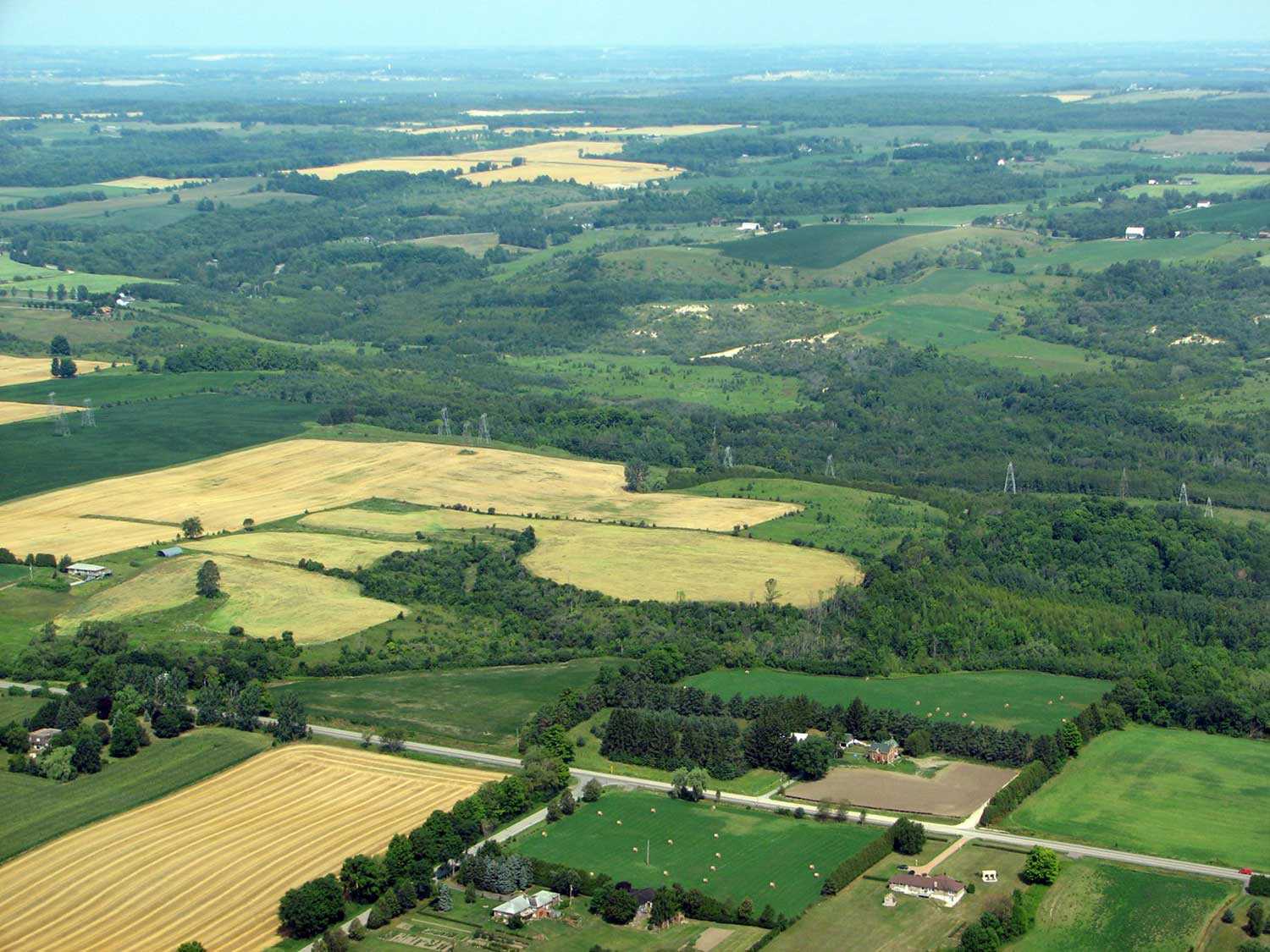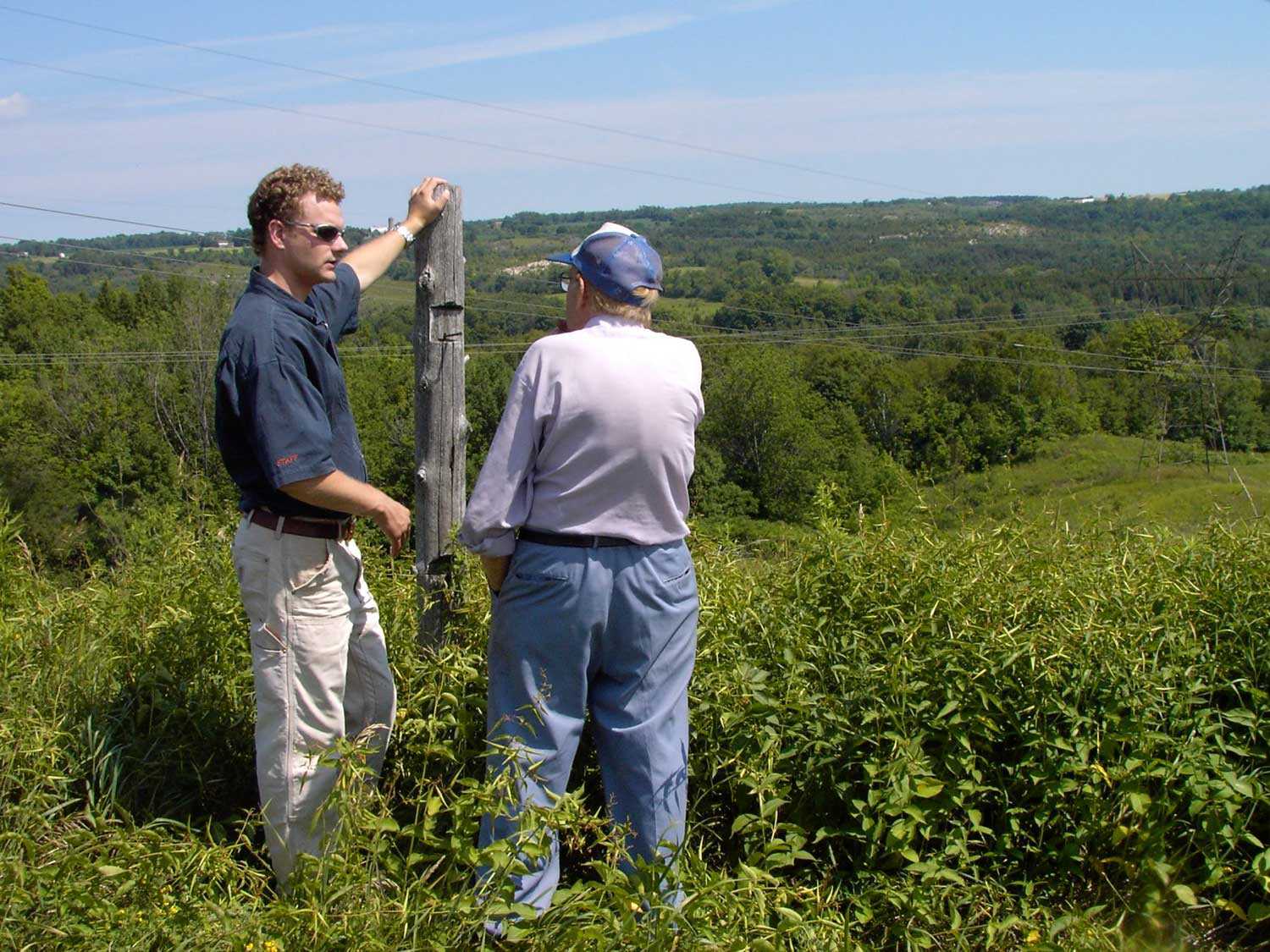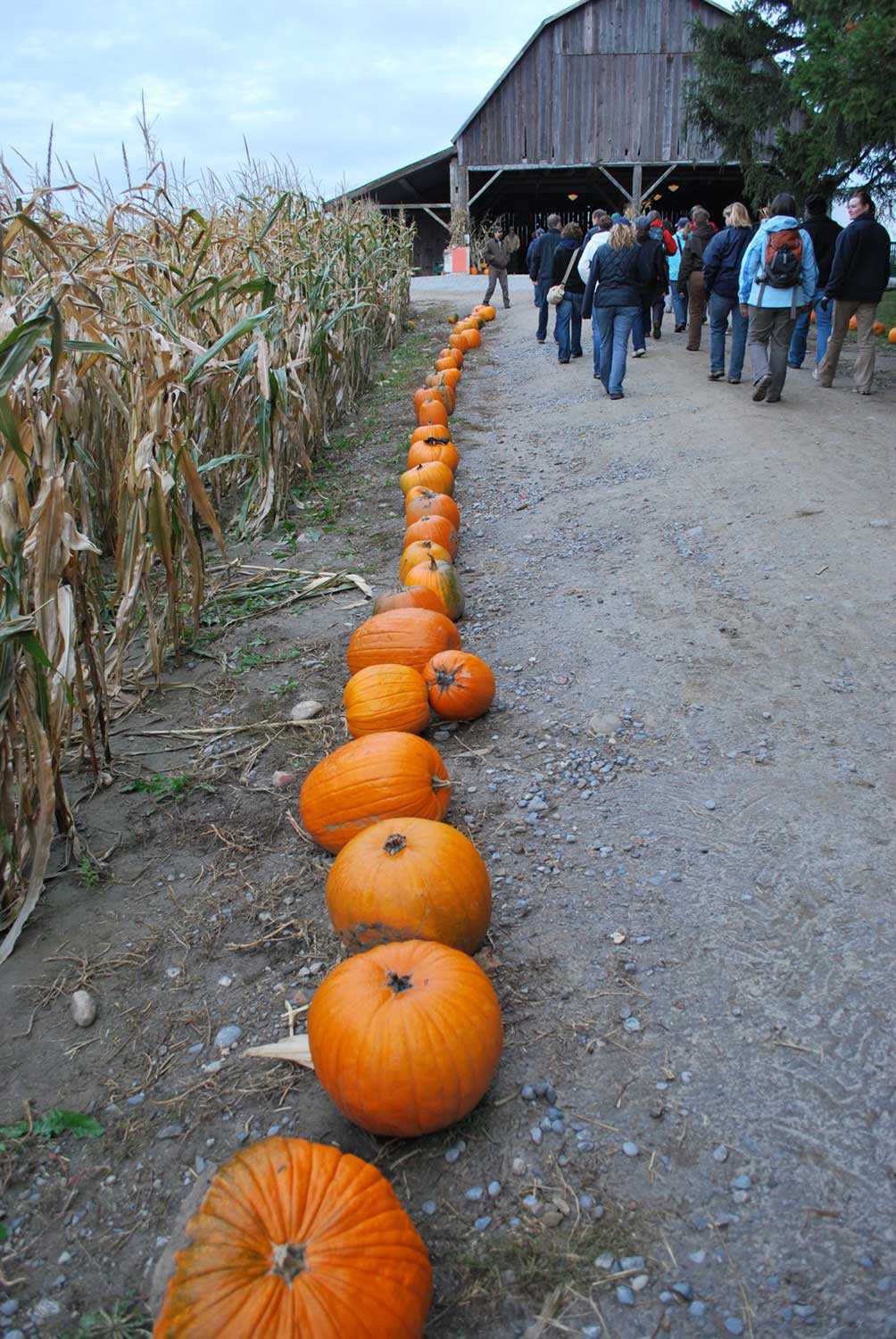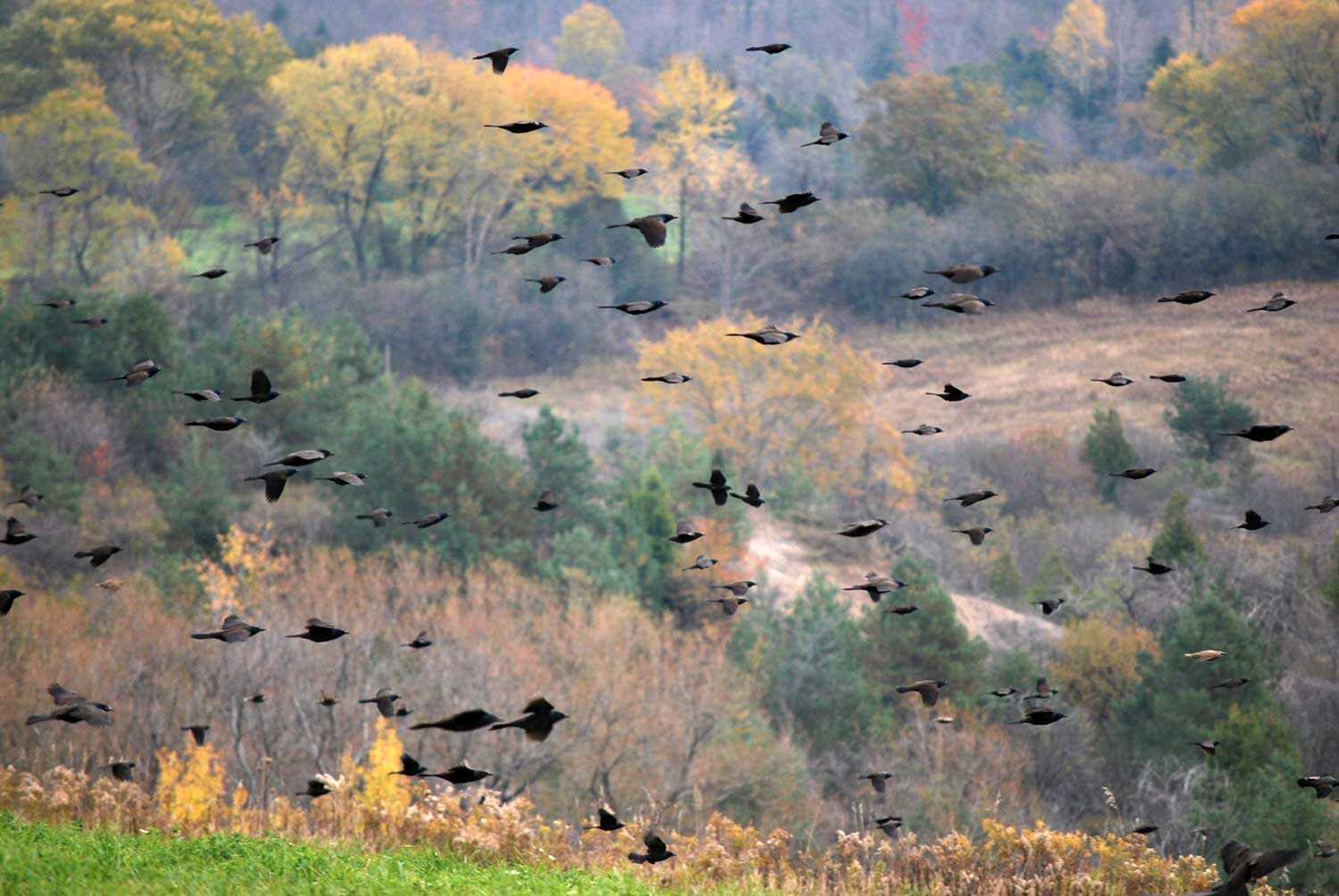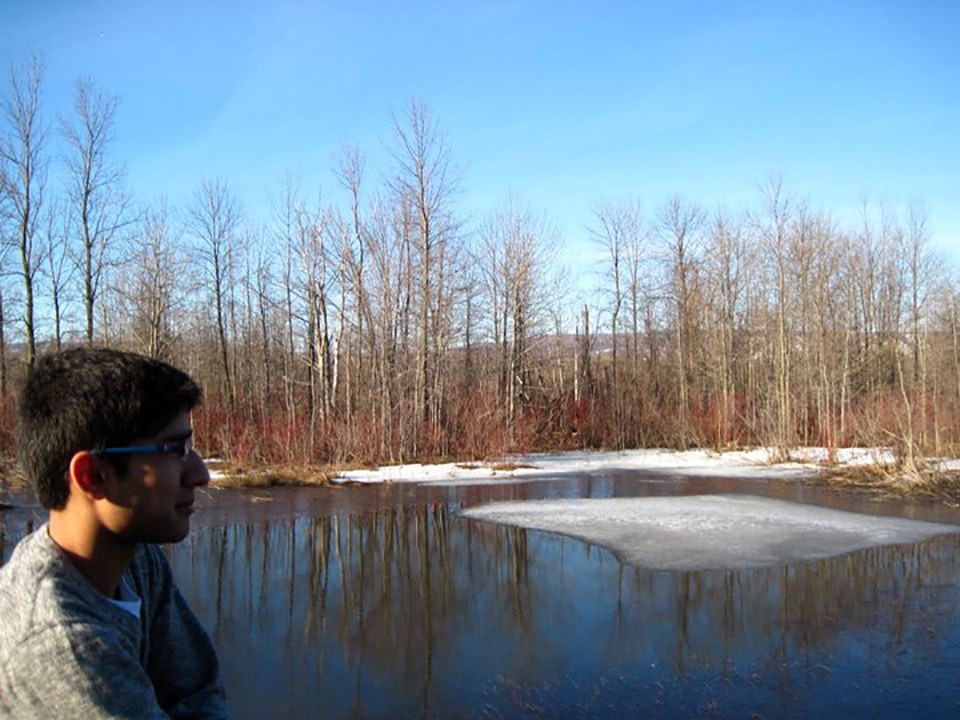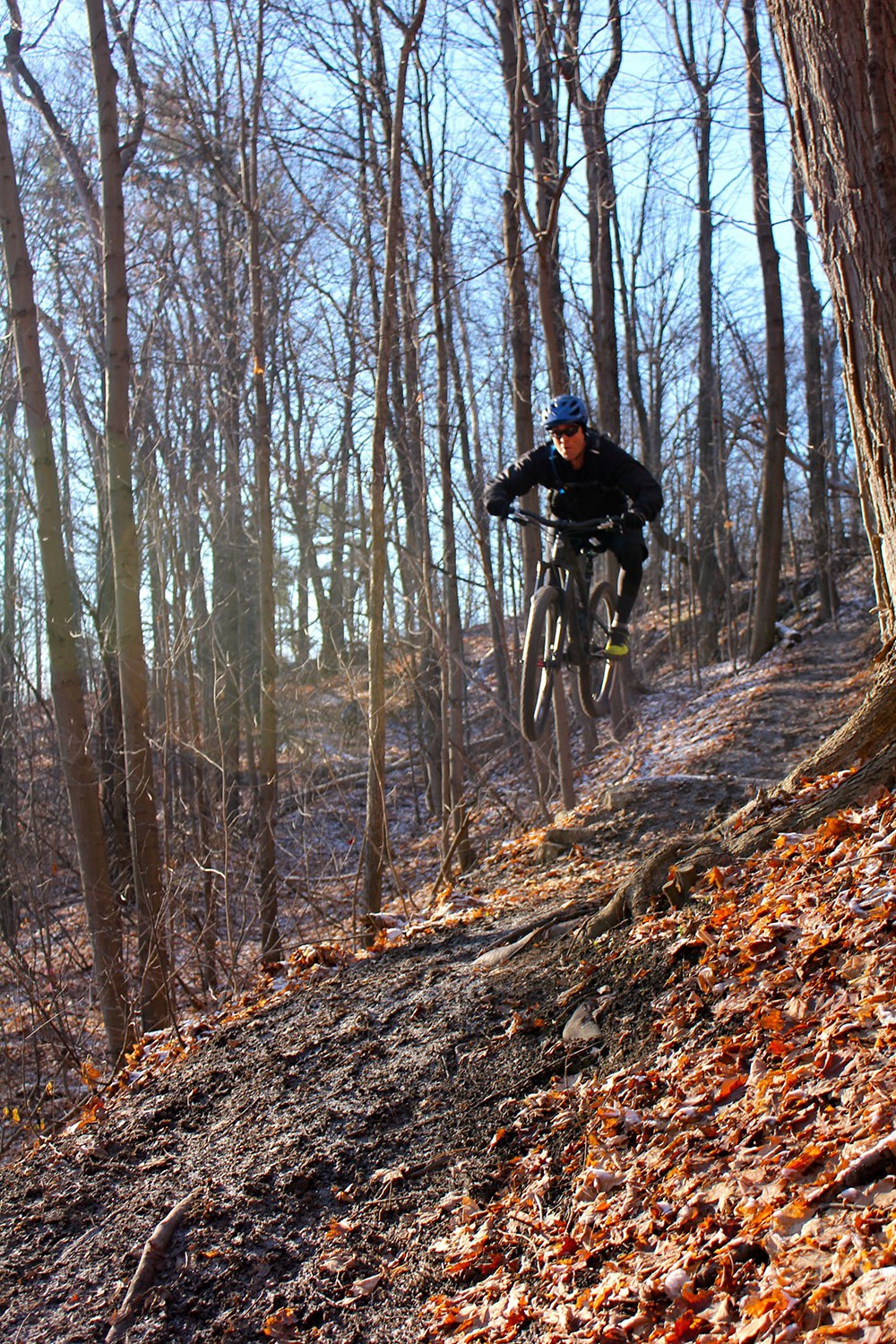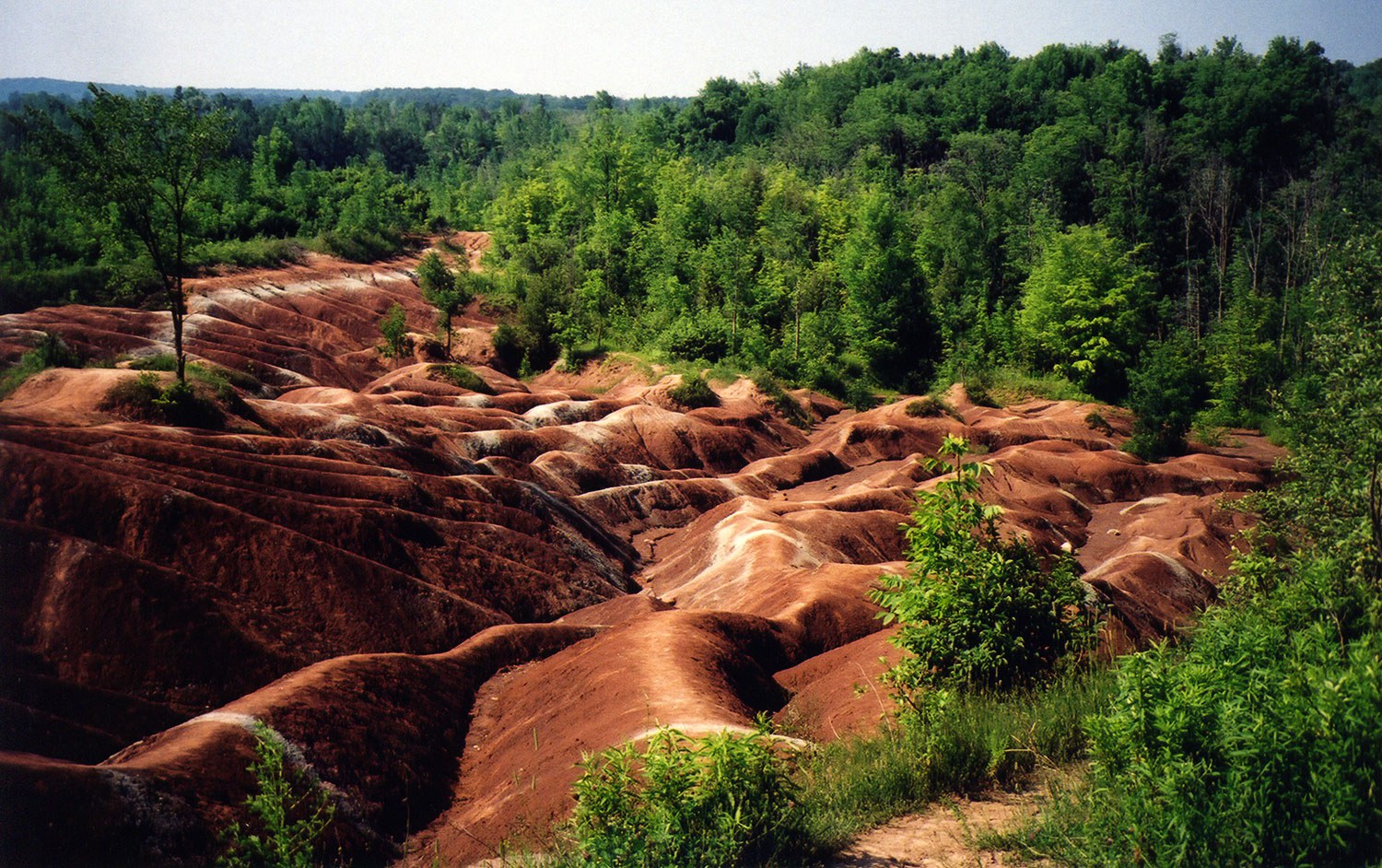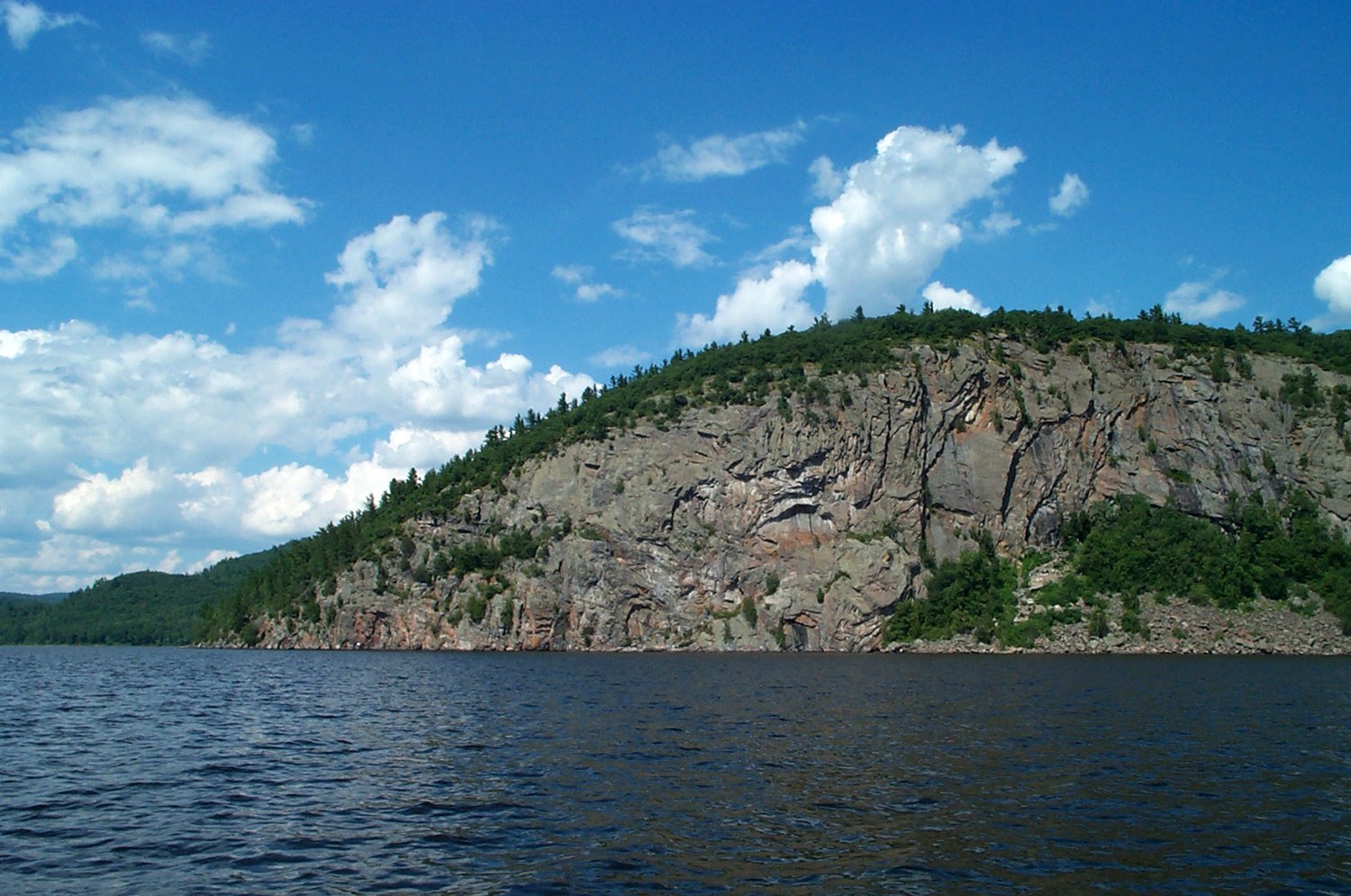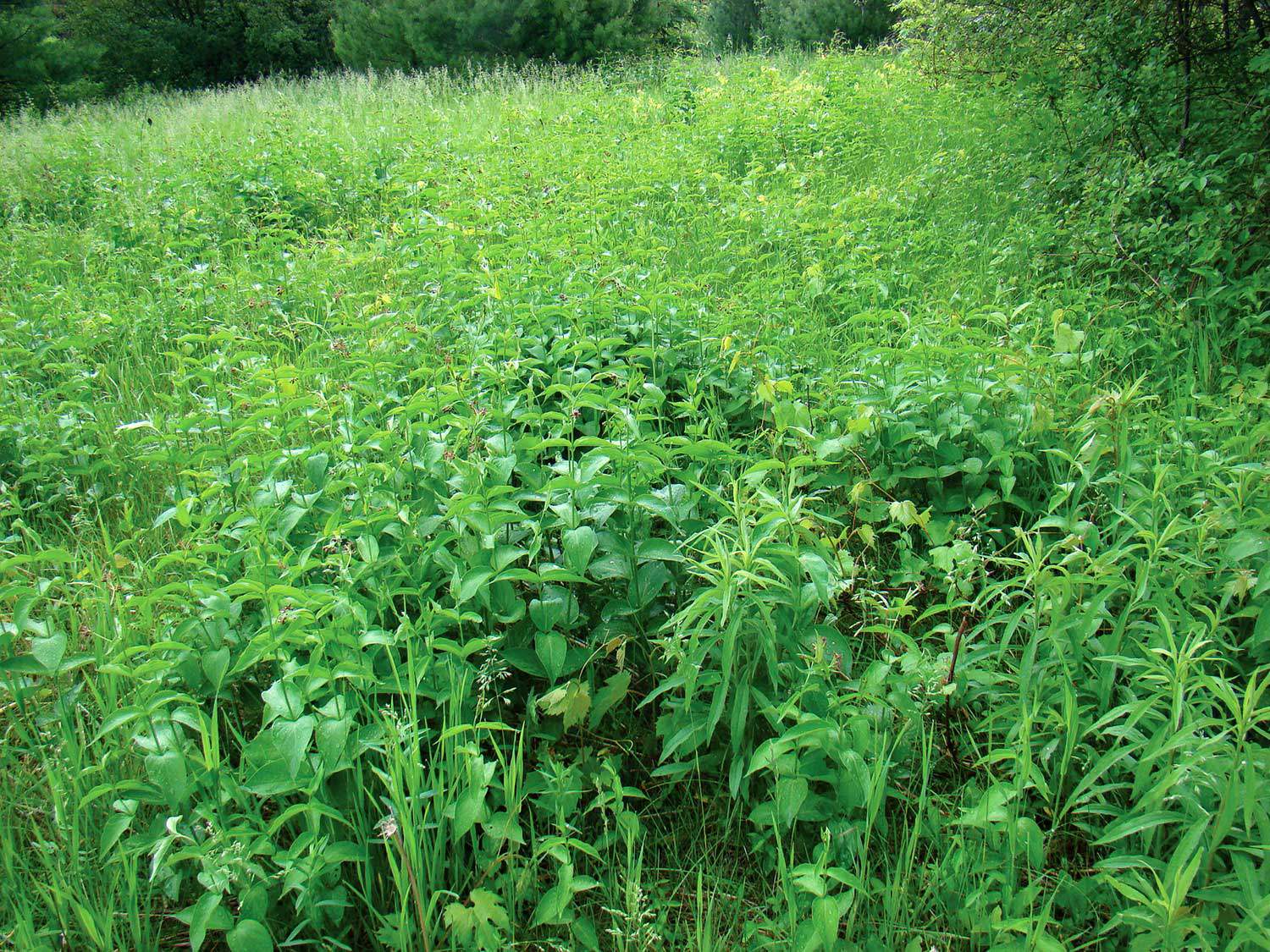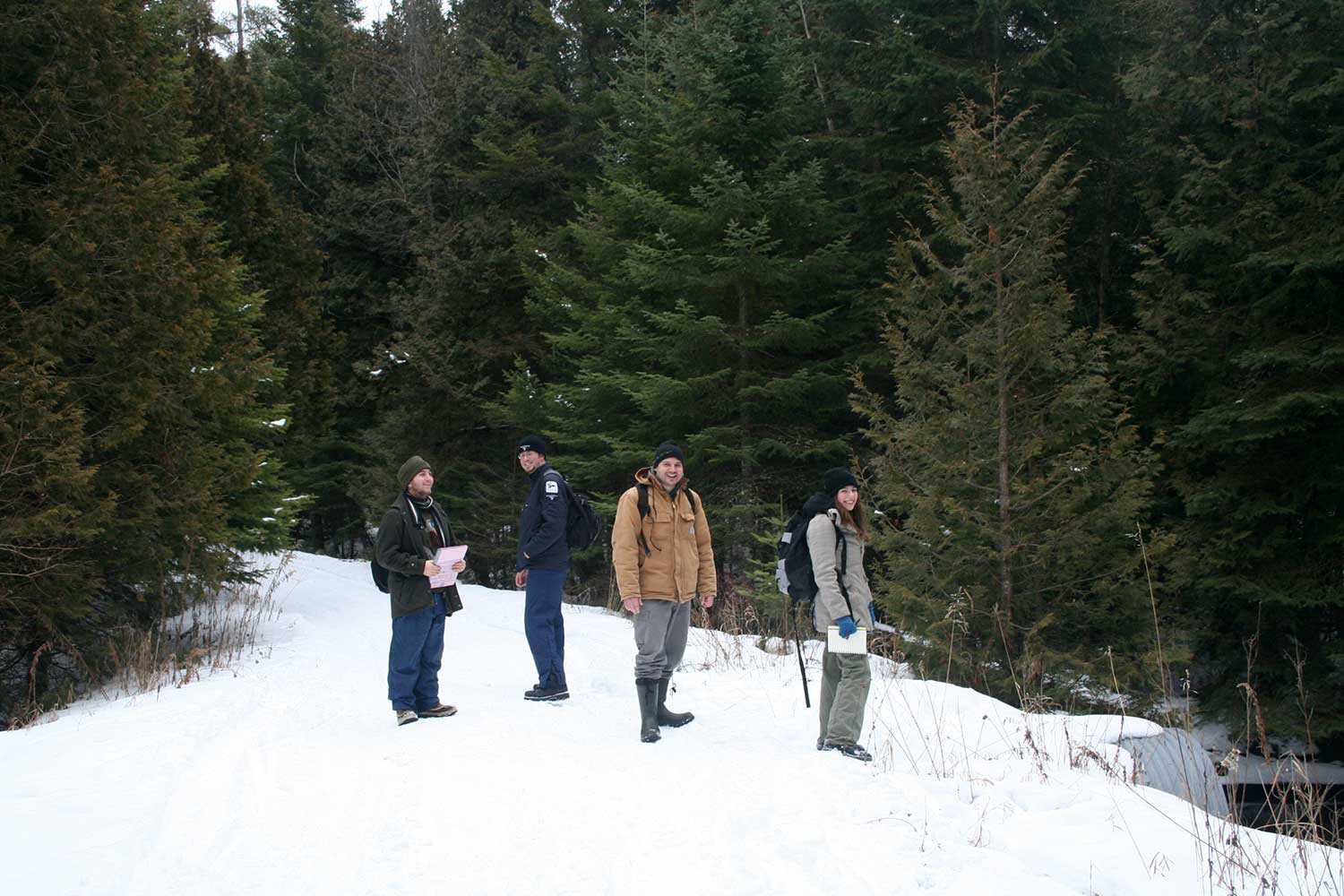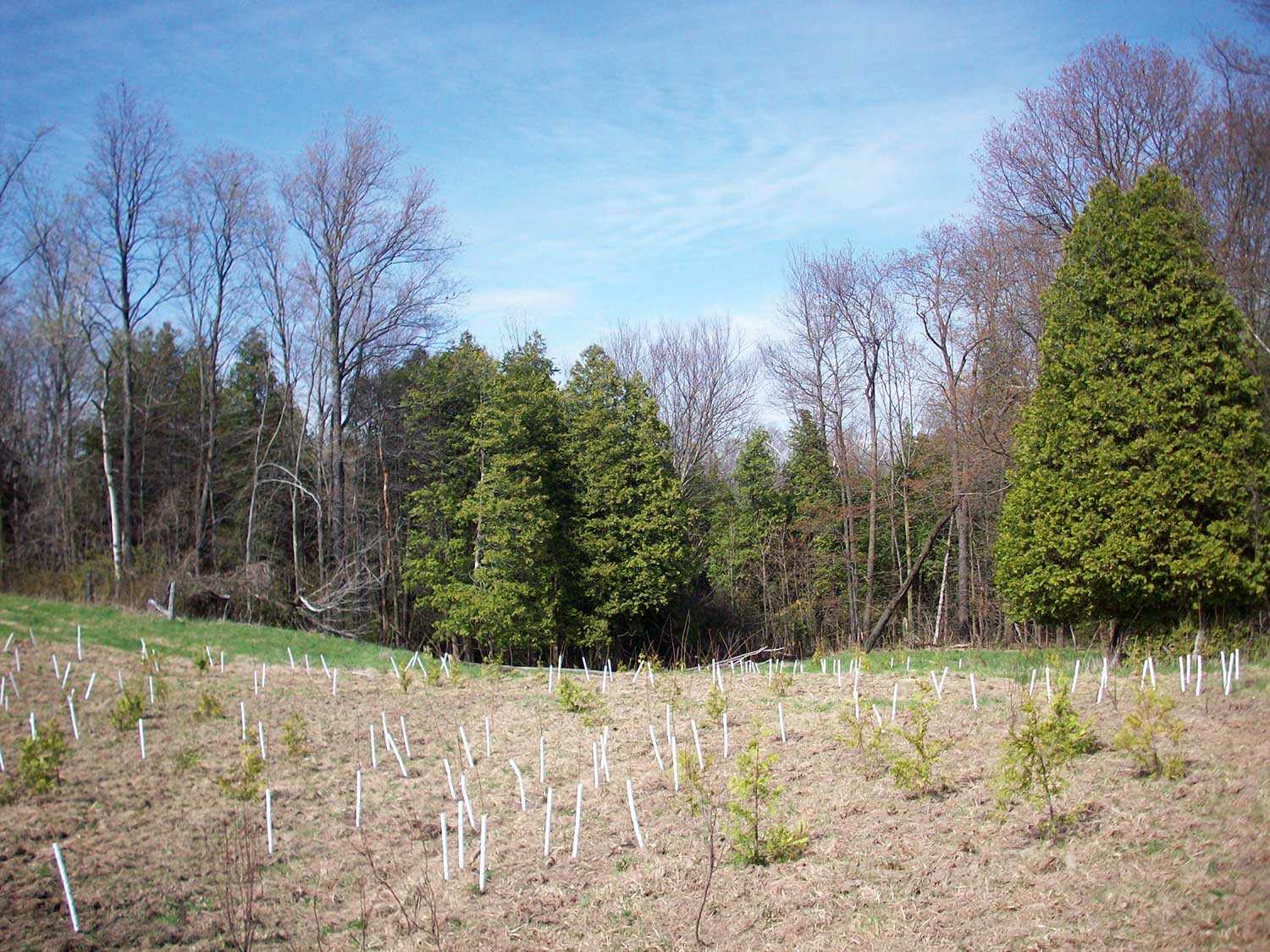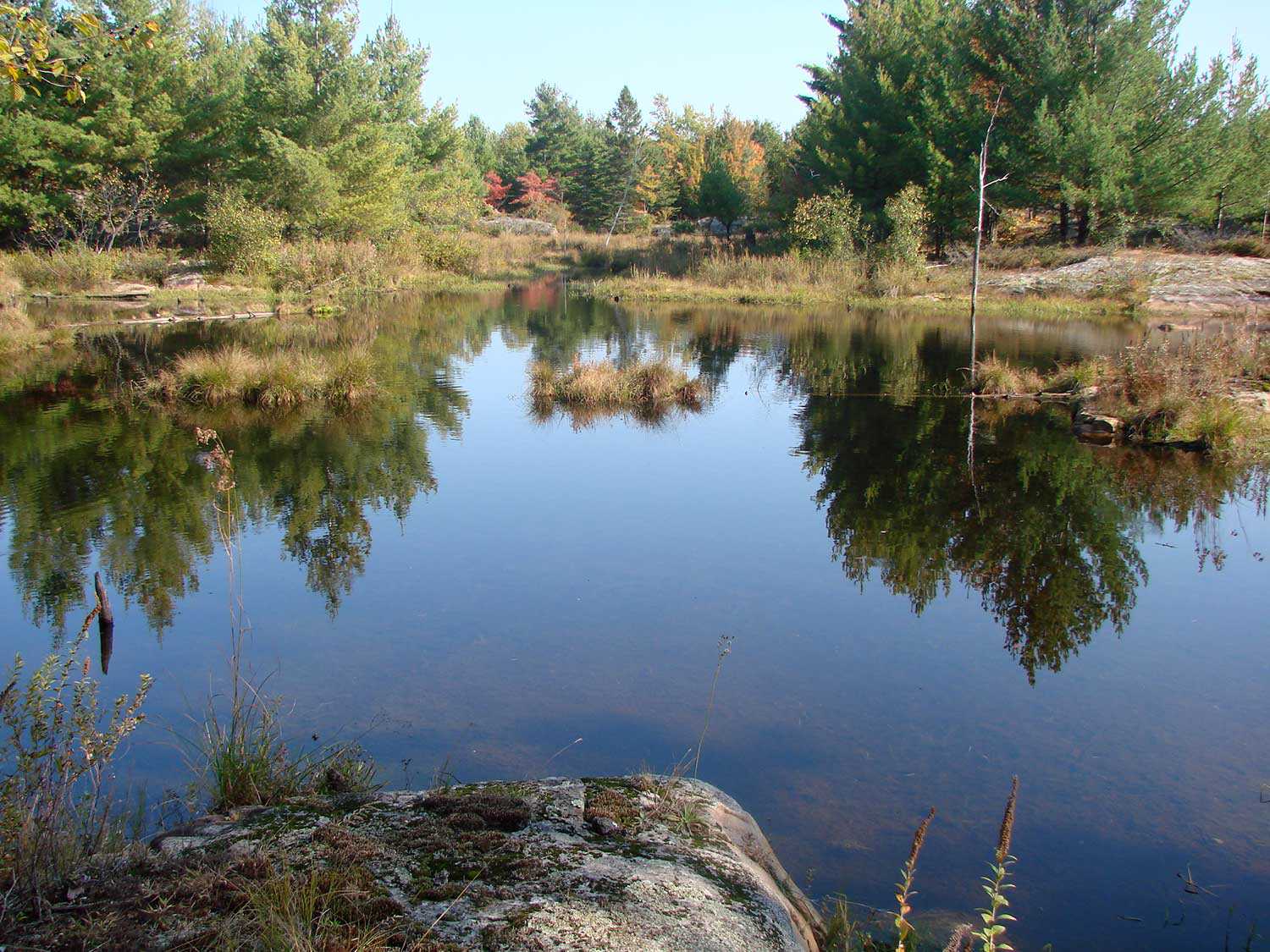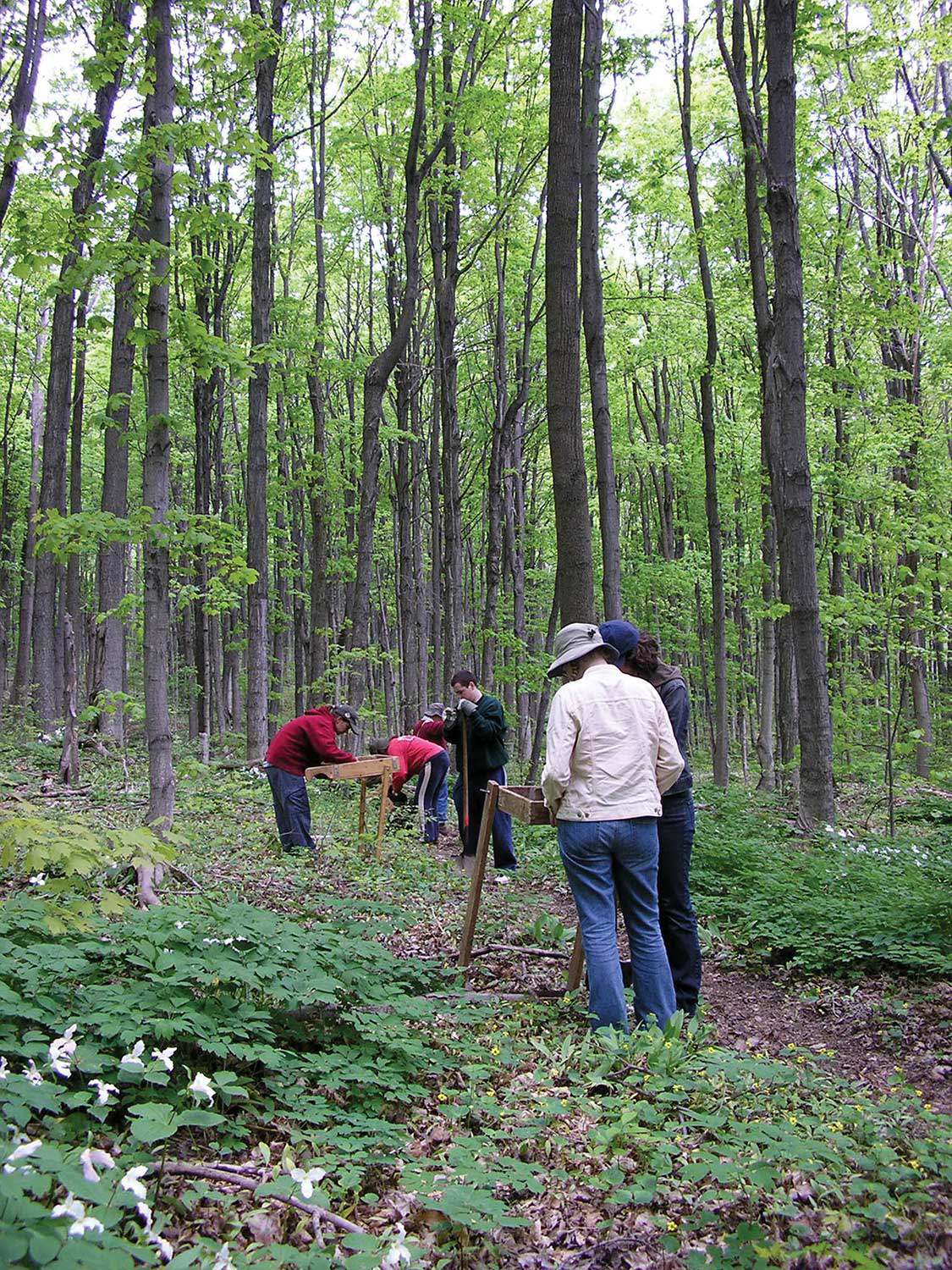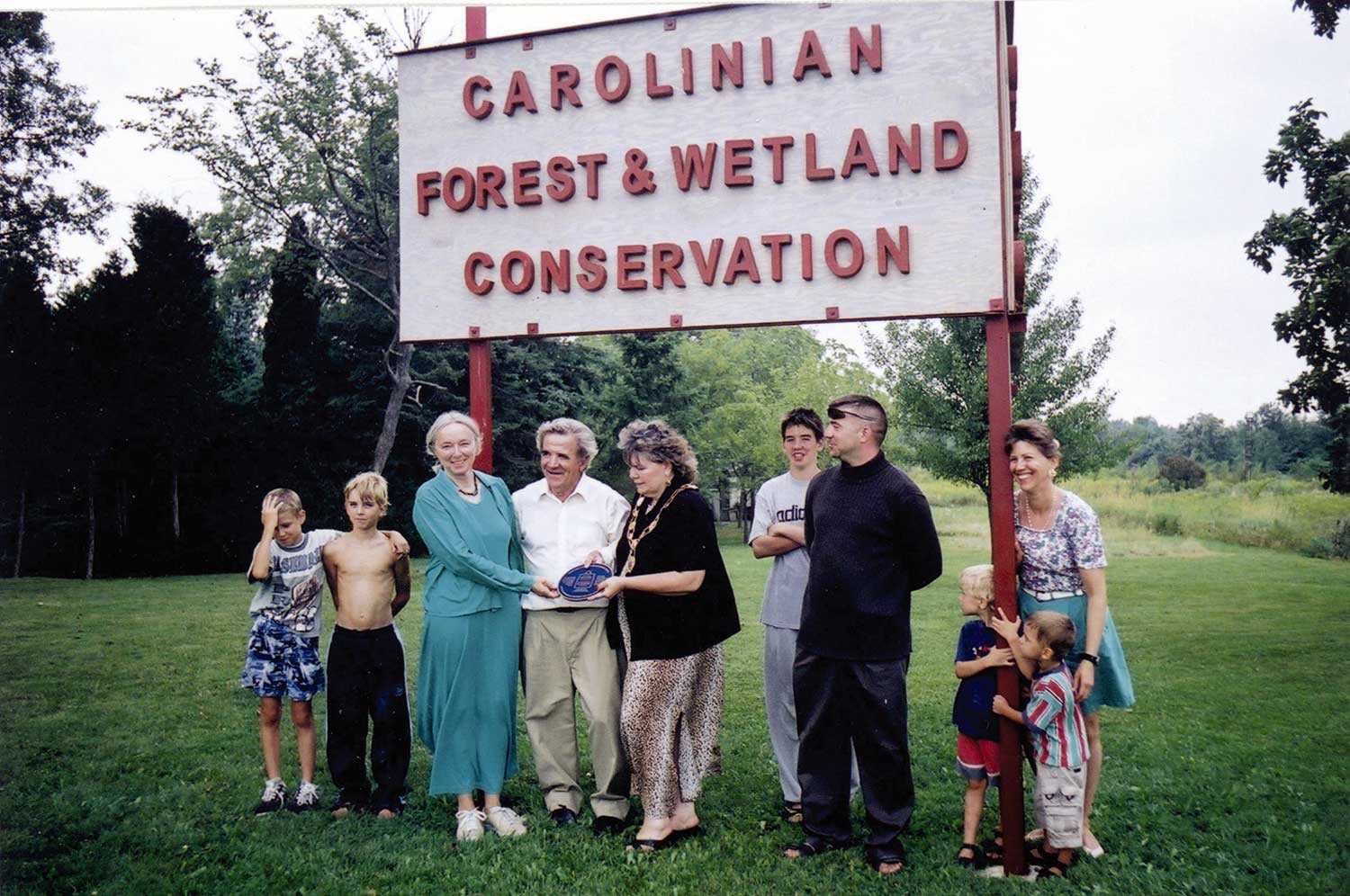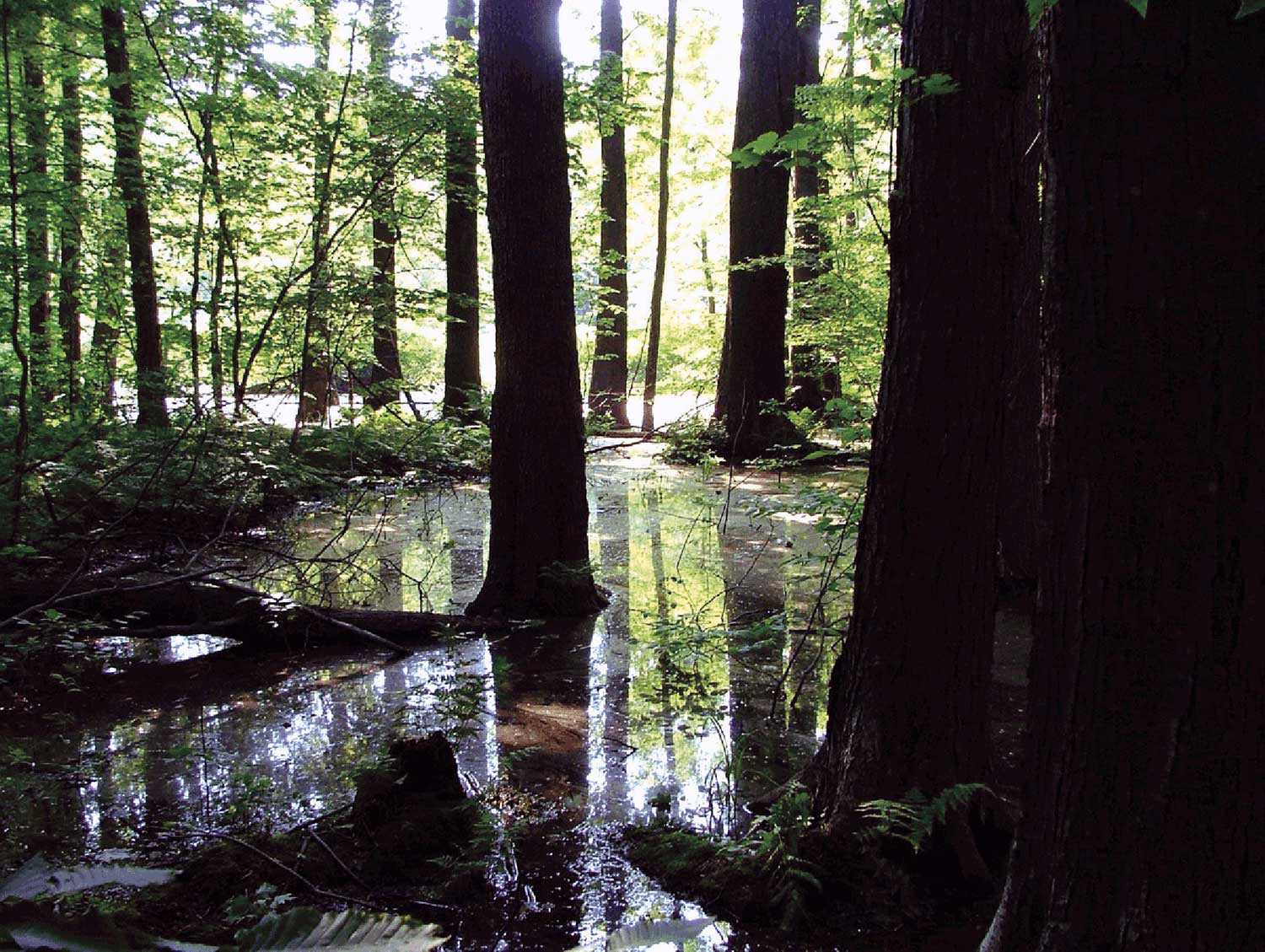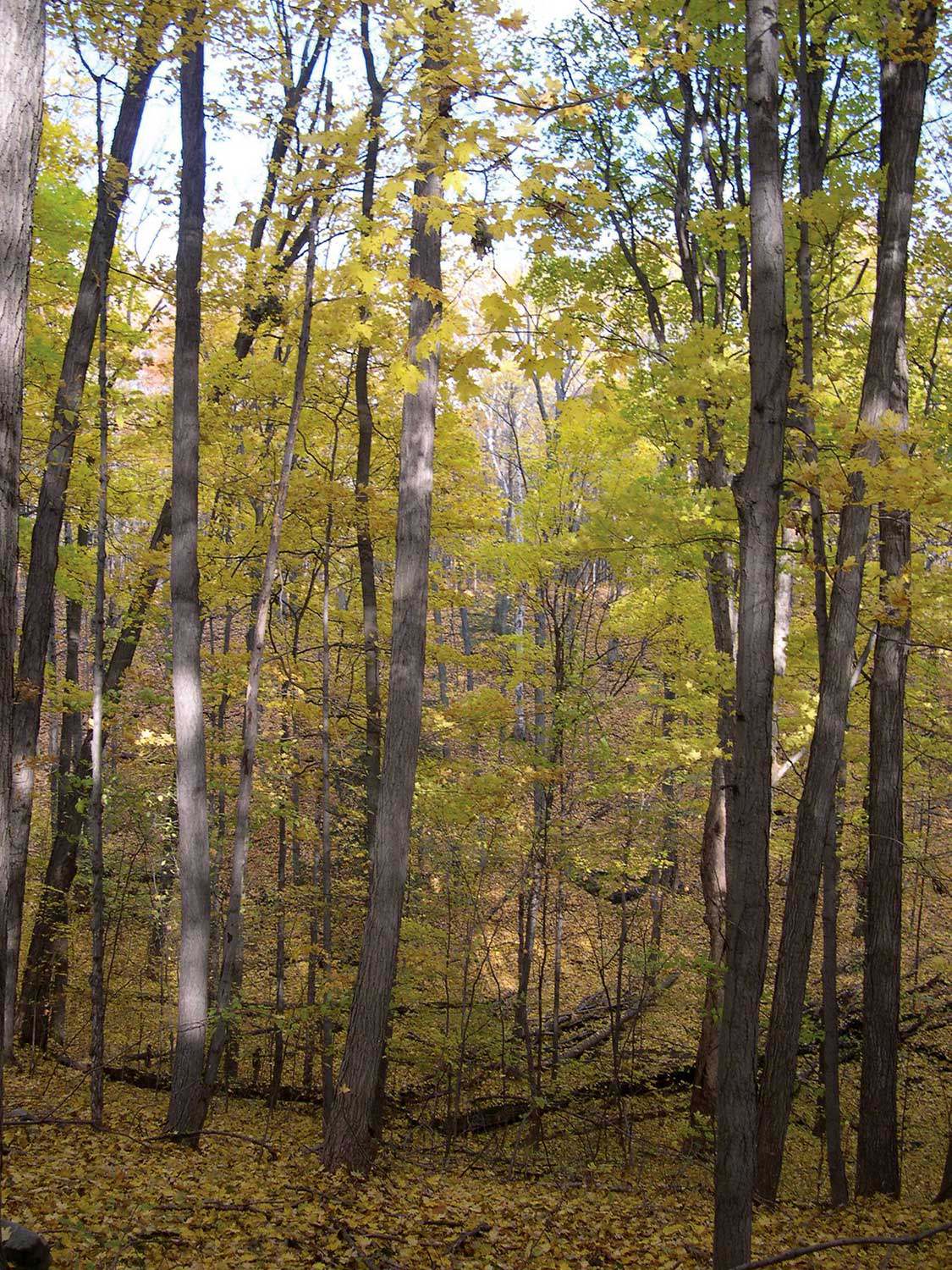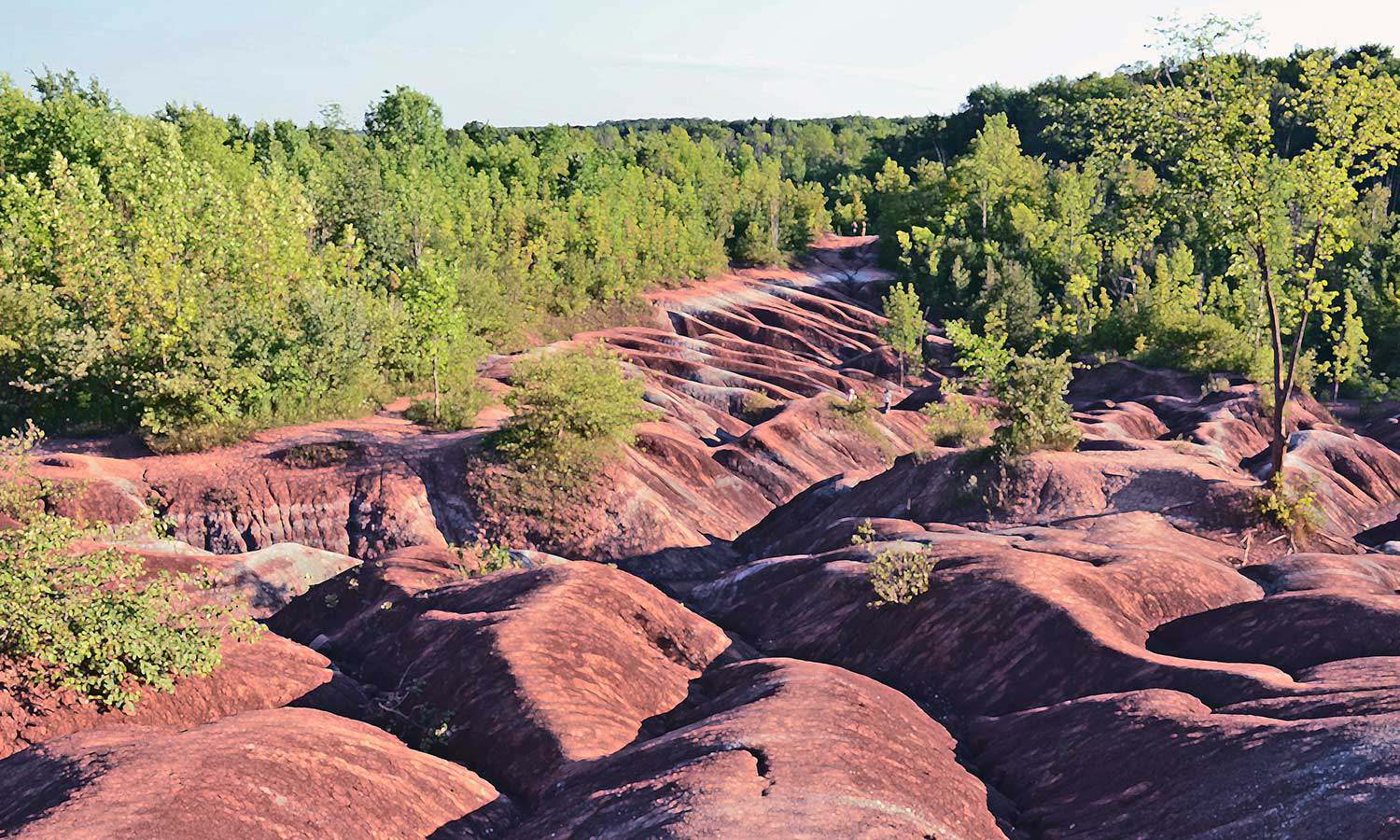

Browse by category
- Adaptive reuse
- Archaeology
- Arts and creativity
- Black heritage
- Buildings and architecture
- Communication
- Community
- Cultural landscapes
- Cultural objects
- Design
- Economics of heritage
- Environment
- Expanding the narrative
- Food
- Francophone heritage
- Indigenous heritage
- Intangible heritage
- Medical heritage
- Military heritage
- MyOntario
- Natural heritage
- Sport heritage
- Tools for conservation
- Women's heritage
The Enniskillen Valley Land Acquisition Project: Making stewardship count
Through the Enniskillen Valley Land Acquisition Project, The Ontario Heritage Trust and the Central Lake Ontario Conservation Authority (CLOCA) have successfully partnered to acquire natural and cultural heritage lands in the Municipality of Clarington.
The acquisition represents a 530-hectare (1,470-acre) public green space legacy, made possible in part by the Trust’s Natural Spaces Land Acquisition and Stewardship Program. An important Environmentally Sensitive Area (ESA), it is a component of the provincial Greenbelt and is located in the Oak Ridges Moraine Conservation Plan Natural Linkage and Countryside Areas. The land provides significant groundwater resources, open meadows, mature forests and wetland features in the steeply sloped headwaters of Clarington’s Bowmanville Creek. It is a major migratory corridor for wildlife, as well as a thriving cold water fishery interwoven with a rural community, where the inhabitants reside on lands cleared by their forefathers more than 200 years ago.
CLOCA’s interest in cultural and natural history allowed it to play a key role in negotiations at many of Enniskillen‘s kitchen tables, farm fields and woodlots. In listening to the landowners’ stories, the staff glimpsed into the heart and soul of this vibrant rural community.
Since 2004, more than 518 hectares (1,280 acres), involving 15 landowners and 22 parcels of land, have been secured by the CLOCA partnership with the Oak Ridges Moraine Foundation, the Region of Durham, the Ontario Ministry of Natural Resources, the Nature Conservancy Canada, the Trust and the Central Lake Ontario Conservation Fund. The partners realized early in the process that each property is socially, economically and ecologically linked to the next, requiring a high level of sensitivity during discussions and negotiations.
Future landowner property needs were accommodated through lease agreements, allowing for continued agricultural production and lot severances for individual homesteads – key to ensuring that this investment in conservation sustains a viable rural community. An existing heritage barn on one of the acquired properties was deemed culturally significant and was subsequently moved, rebuilt and restored by a well-known neighbouring farm family.
In addition to funding a portion of the land costs, the Trust was instrumental in the preparation of a series of documents that included environmental site assessments, a baseline document report and stewardship plans for each property. These documents summarize relevant historical and current information on the properties’ natural and cultural heritage. In an effort to assist with future land management requirements, CLOCA staff took on the task of preparing these reports. The stewardship plan follows the Trust’s Natural Spaces Stewardship Guidelines, documenting existing biodiversity and ecological functions of the land, setting out long-term conservation objectives and describing how they will be achieved.
Along with the thousands of hours of field inventory work by a team of CLOCA staff to support these documents, a series of one-on-one landowner interviews were conducted and documented. These conversations imparted years of history, some of which had never been recorded before, along with personal photos, maps and other historical documentation. The real story of Enniskillen began to unfold.
For example, Ralph Virtue Crescent and Alan Wearn Street, in the hamlet of Enniskillen, are memorials to local young men who died in the Second World War. Recollections of family fishing days and picnics in the headwater creeks highlighted the bounty of wildlife and fish species, defining the historical biodiversity. Sugarbush woodlots dotting the rolling hills of this landscape disappeared during the Great Depression. With so many men unemployed and travelling the dusty roads in search of work, many offered to log these bushes for a meal or a place to sleep. Little did anyone know that a survival strategy for a tight-knit community would compromise the future ecology and function of the Oak Ridges Moraine. It was these personal stories and accounts that really animated the historical landscape and established a vision for creating a comprehensive stewardship plan to accommodate the future needs of this community.
The Trust’s involvement in the early stages of acquisition was critical to protect these lands from development and effectively manage them for future generations. The overall goals – to further protect and enhance the cultural and natural heritage of this landscape, to support land and water stewardship efforts and to provide education and recreation opportunities – continue to provide examples of stewardship excellence. CLOCA staff remain committed to making the Enniskillen Valley Land Acquisition Project a successful conservation legacy for the Trust and its land acquisition partners.
CLOCA would like to thank the staff of the Ontario Heritage Trust for their patience and guidance in this project.

